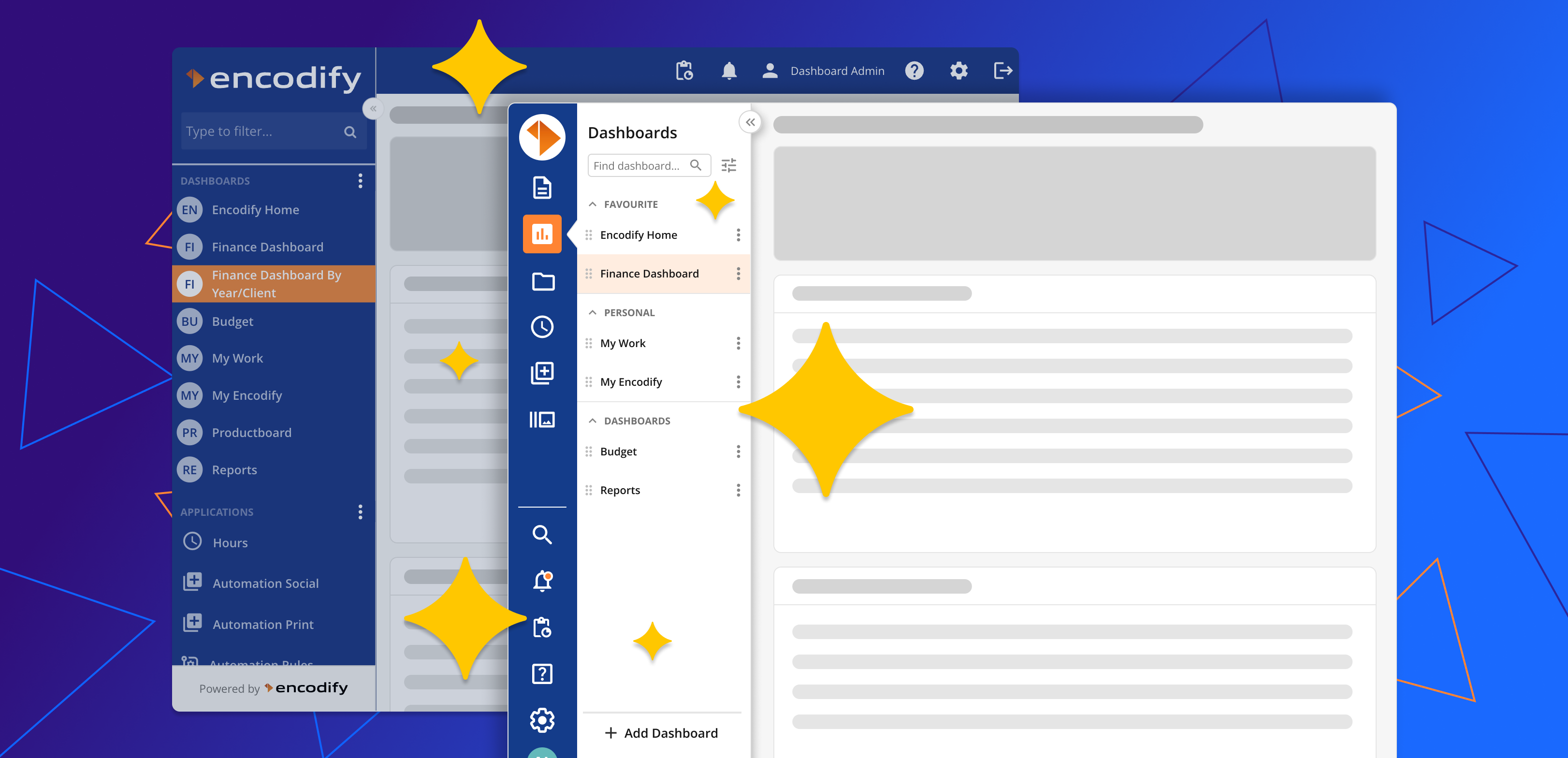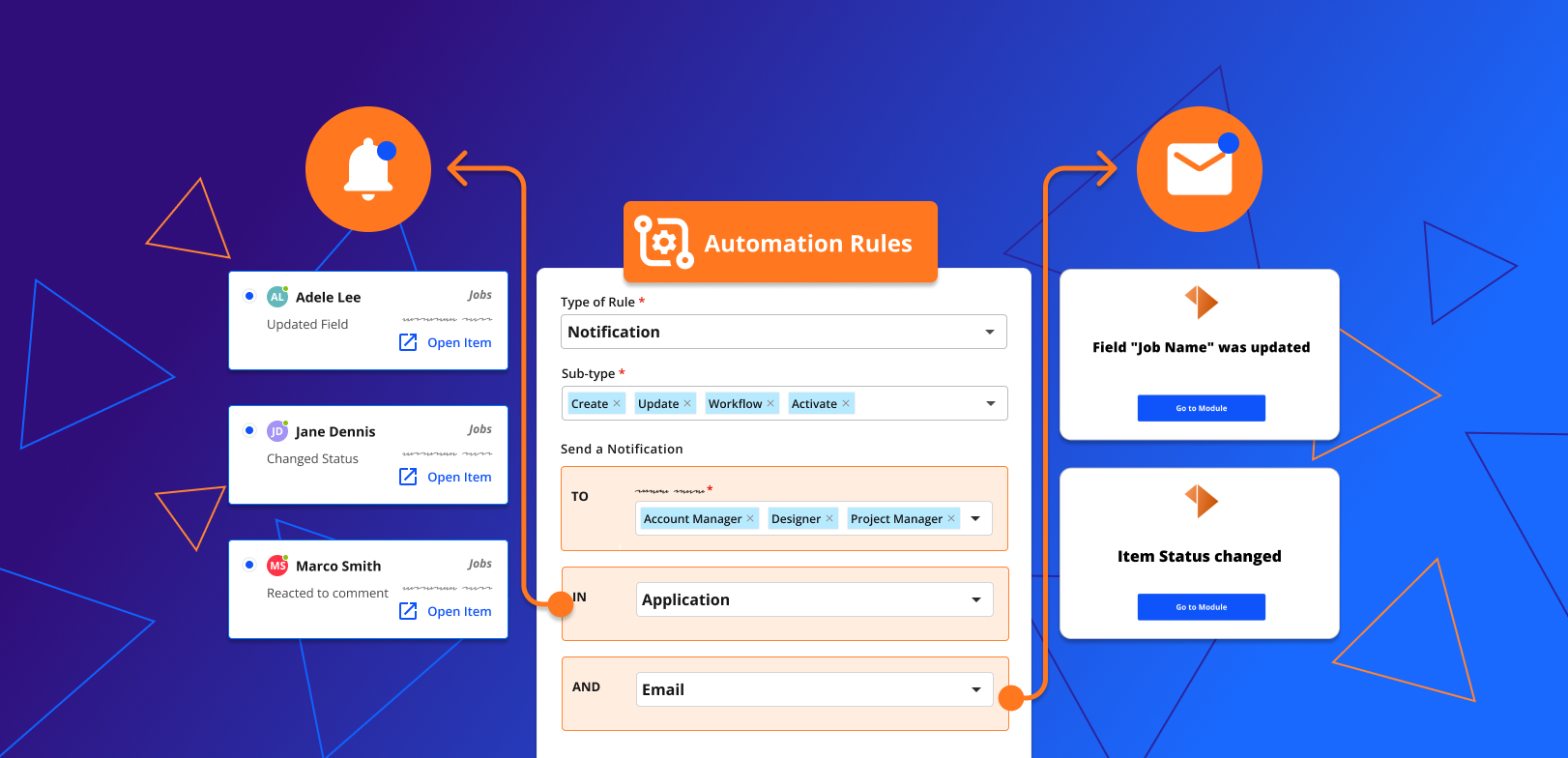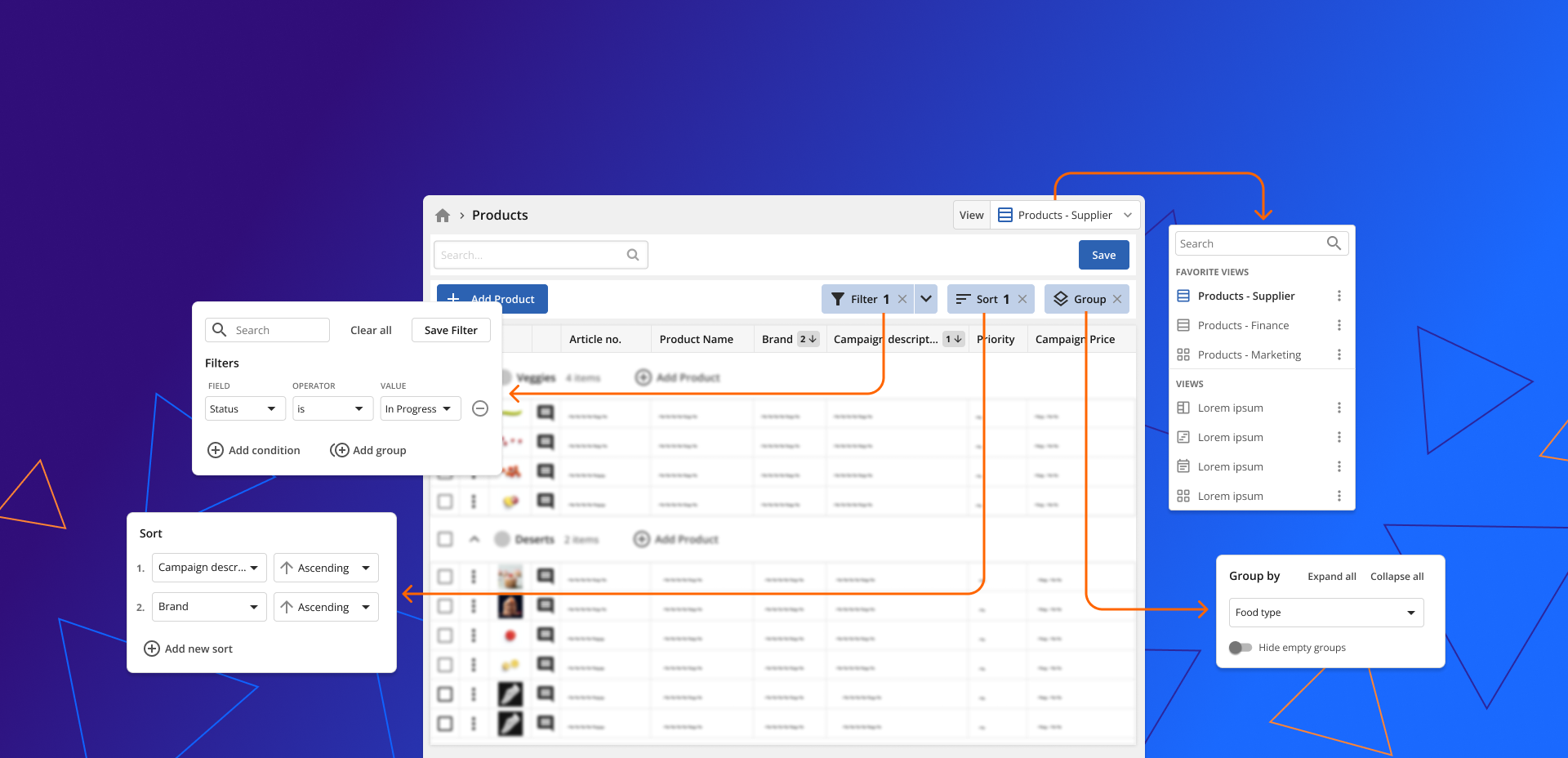The online catalogue leads the way
Encodify
4 min read

There is a revolution going on in Denmark. The country's most read papers are undergoing significant change, which is a benefit for marketing and the customers.
The online catalogue leads the way
EASTER WAS FULL OF SAVINGS. Many of them were advertised in the online catalogues, Denmark's most read papers. Every year, the largest grocery chains publish more than 30,000 pages of savings catalogues. Admittedly, more than half of Danish households choose to reject advertisements through their letter box, but they still get the catalogues. In fact, the proportion of readers of the digital savings catalogues rose 18% from 2019 to 2020.
Now, the digital version of Denmark's most read paper is getting an overhaul, which is great news for marketers. Even if your company does not produce online catalogues, it is worth taking note of the developments in that market. In the future, marketing can follow much closer what works for the individual consumer. So if you dream it, and if your marketing team has the right toolbox, you may aim for the stars.
The online catalogues know the weather
For many, the digital savings catalogue is already an important piece of the digital strategy, which, after all, offers marketing much more insight into consumer behaviour than the printed savings catalogues. Moreover, the printed version is a long time in its making, and 14-17 days of production time is not the future. However, there are still plenty of print savings catalogues. Partly because the previous solution for digitising the savings catalogues has been a PDF file. That, too, will never really become a personalised piece of advertising.
But then, the data-driven online catalogue offers insights that marketing longs for. The data-driven online catalogue is the so-called 3rd generation of development in the market, and it brings us a little closer to the future. In other words, it is dynamic and far more flexible because it is precisely fed with data that, among other things, originate from the customer. And it has potential.

In the ideal world, the data-driven online catalogue is set up in the morning and published in the afternoon. It has taken into account the weather forecast, the ultimate example of localisation, and the consumer is offered parasols, patio boards or rubber boots, depending on what the weather gods promise. It's personal marketing that works. If it is possible.
Personal offers are the future - not the present
The hyperpersonalisation has been a hot wish for marketing for a long time. But even in 2020, after many years of wet dreams about personalisation, Gartner estimates that it will take 5-10 years before we really master personalisation. The study otherwise shows that personalisation is high on the list of marketing wishes here and now. Against this background, the data-driven online catalogue is a good place to get a better idea of how to approach the issue here and now, and not in 5-10 years.
In the utopian world, we deliver offers that match every single consumer's desire here and now. In reality, marketing struggles to gain an overview and insight into the enormous amounts of data that support online catalogues and digital ads. The challenge is often that the marketing toolbox consists of a wealth of integrations, applications - and frustrations. If they do not "talk" together, then it is difficult to make optimal use of the amount of data. However, it is a bit more complex than that, though it sounds daunting to get the systems to “talk” together.
A matter of tech
The challenge is twofold. First and foremost, marketing needs to produce more content than ever before and for more channels than ever before. And paradoxically, there is a risk that the consumer will experience an ad fatigue exactly because so much content is served. So the content has to be something special. And it must be distributed at high frequency.
Then there is the access to the data that should be the foundation of the high frequency production. It should preferably be easy to handle. But it rarely is when production frequency and channels increase. So you risk being left with data from many different sources that are not easy to process or manage, precisely because the integrations and applications do not integrate optimally.
The lack of first party data along with lack of audience ready content is the problem. You need two single sources of truths - one for the customer and one for the content. And if data flow from your channels to a single repository, then you stand stronger.
The single source of truth
Think of your smartphone, which can give you weekly reports on your consumption of apps. It is your "single source of truth", which, so to speak, contains your entire ecosystem of apps and functionalities. Therefore, it easily generates reports of everything you have done on the phone in the last week.
This is the model you need in marketing to be able to optimise your sales. A model that does not succumb, even if you keep filling new, exciting applications into the toolbox. A model that automatically collects data from the programs and channels that you have defined as essential. A model that operates with only one source of truth - one upstream, one downstream. Such is the model behind the data-driven online savings catalogue. Therefore, it is worth keeping an eye on.











